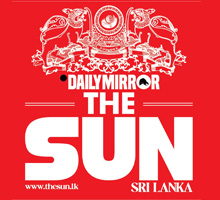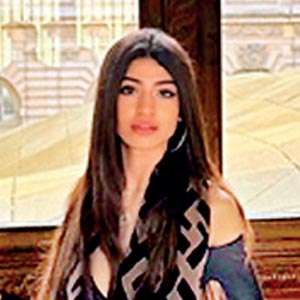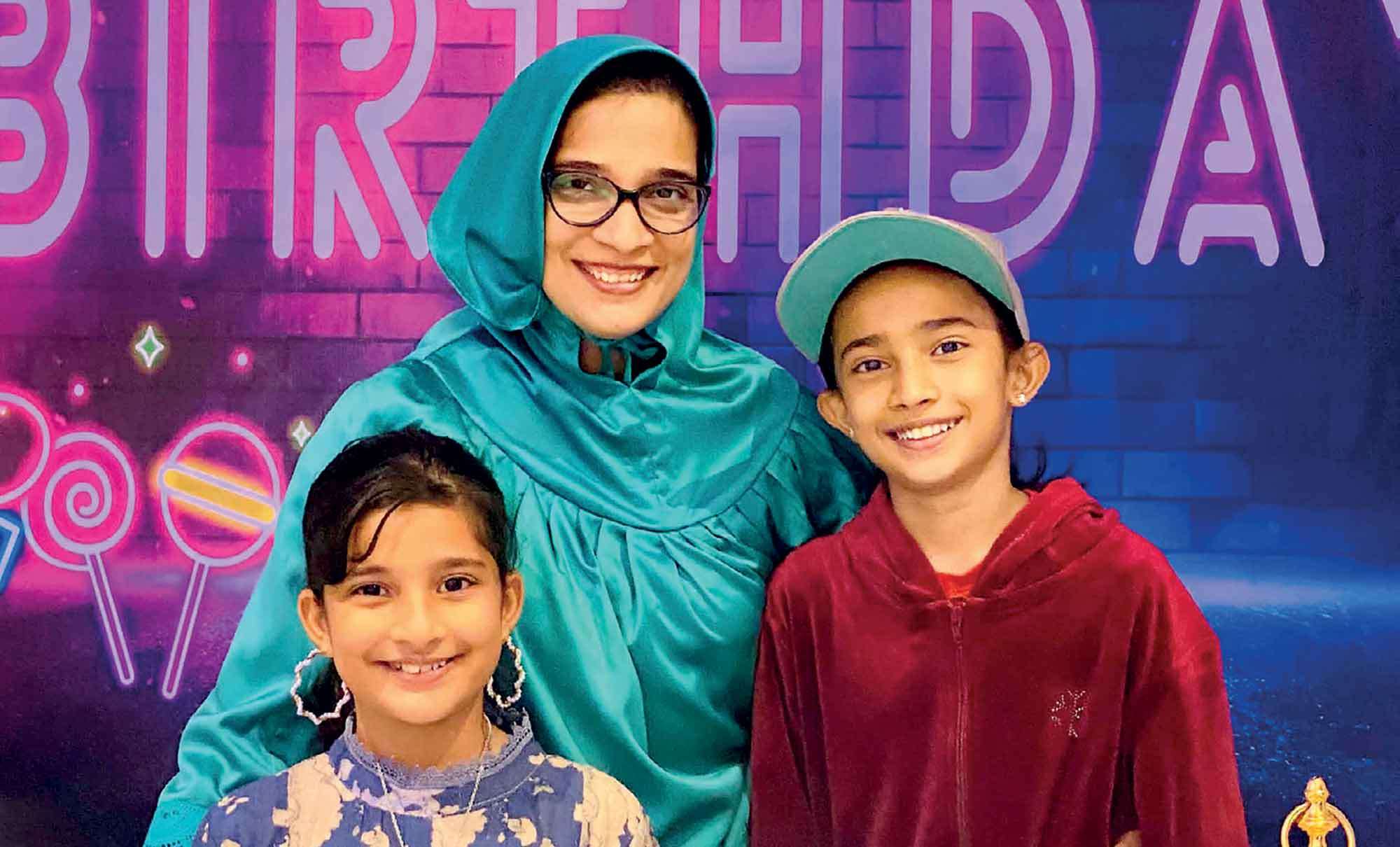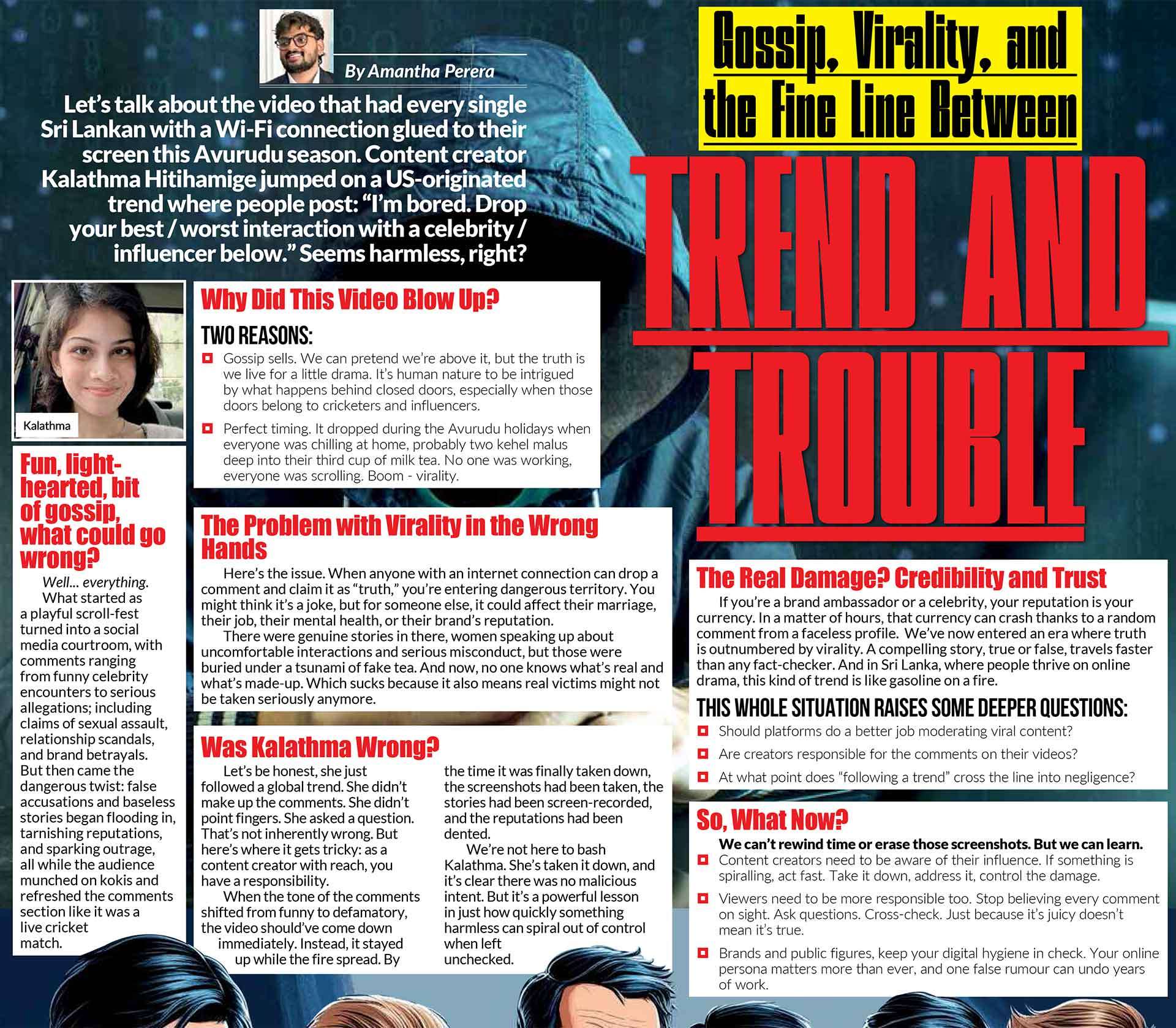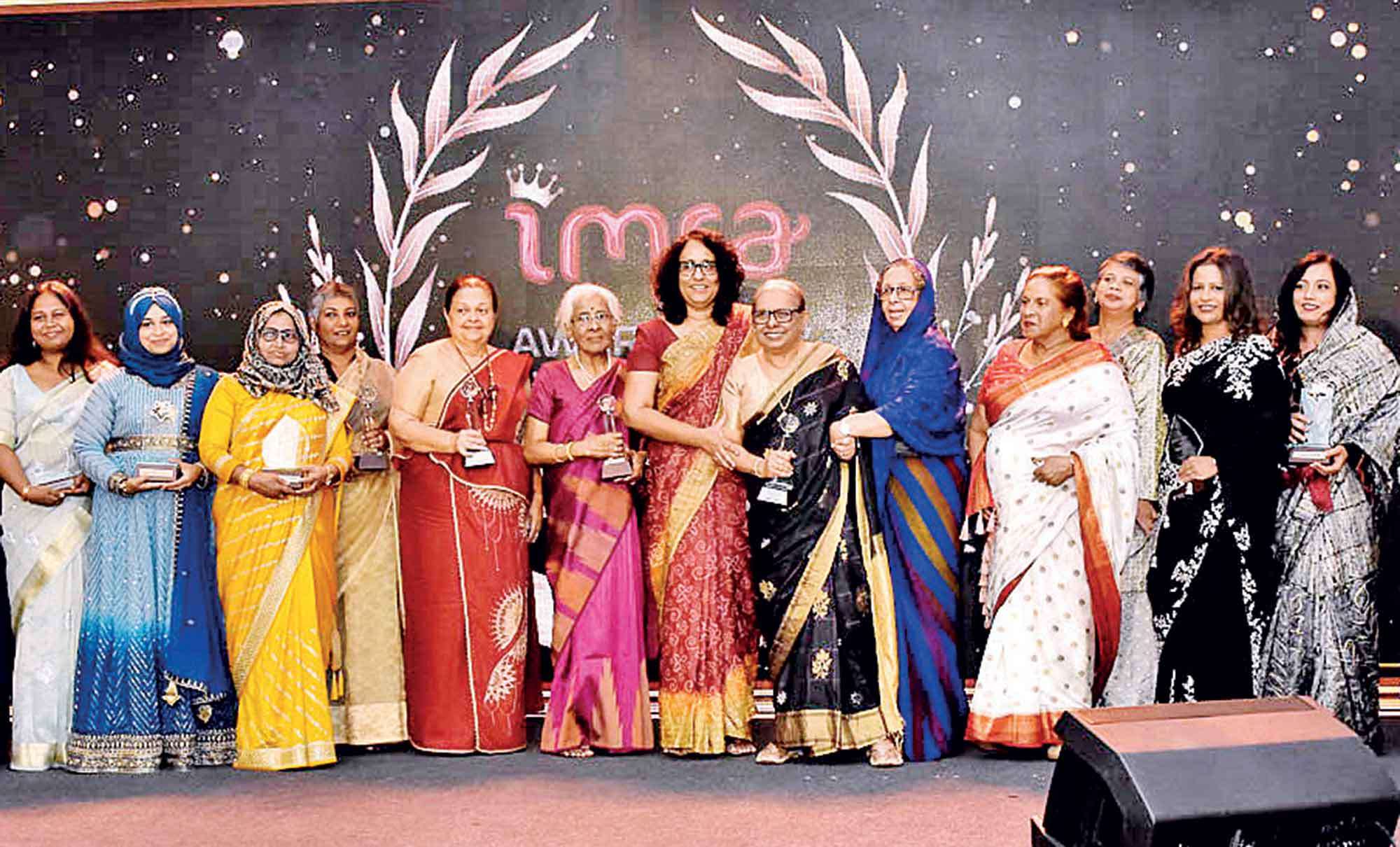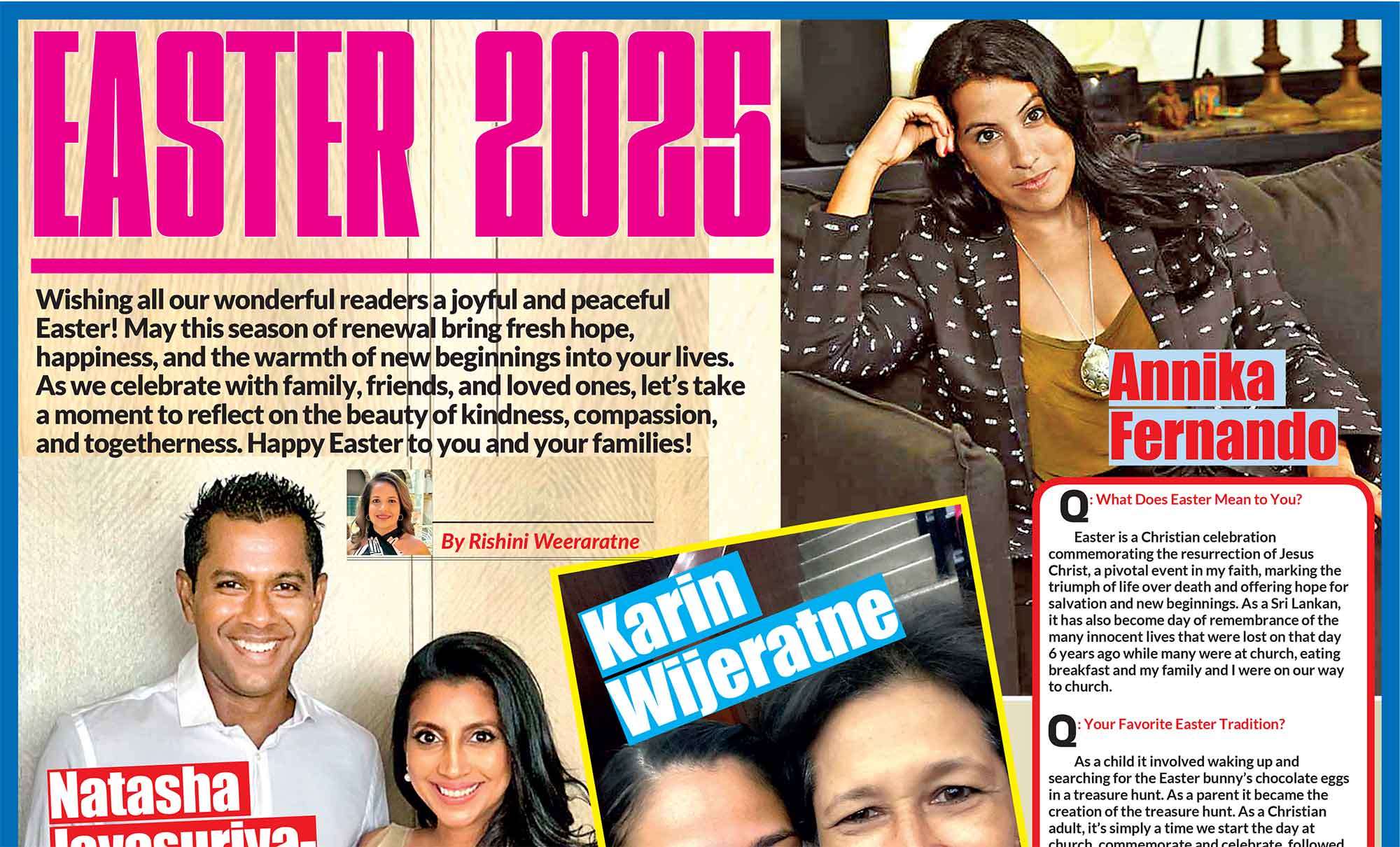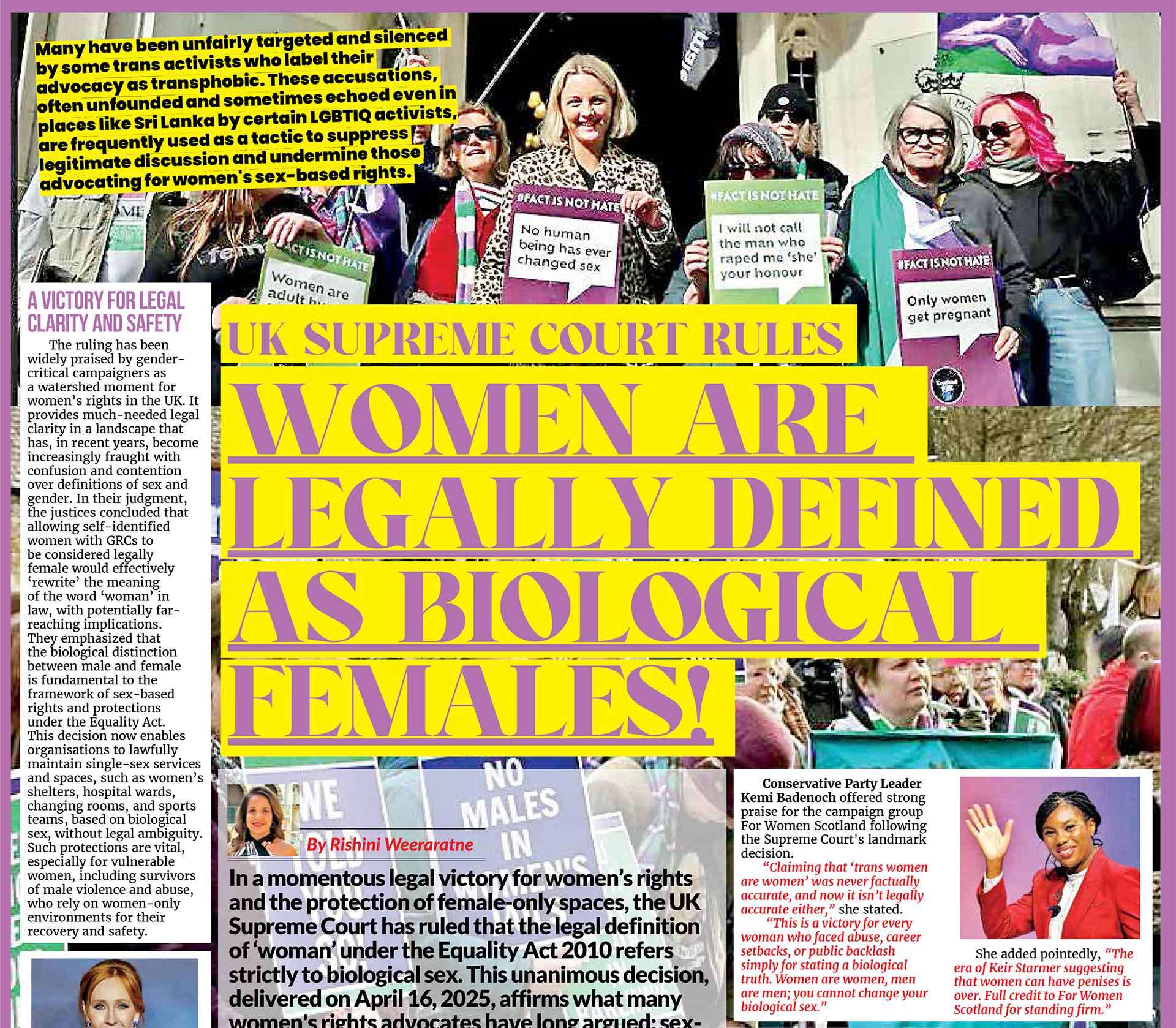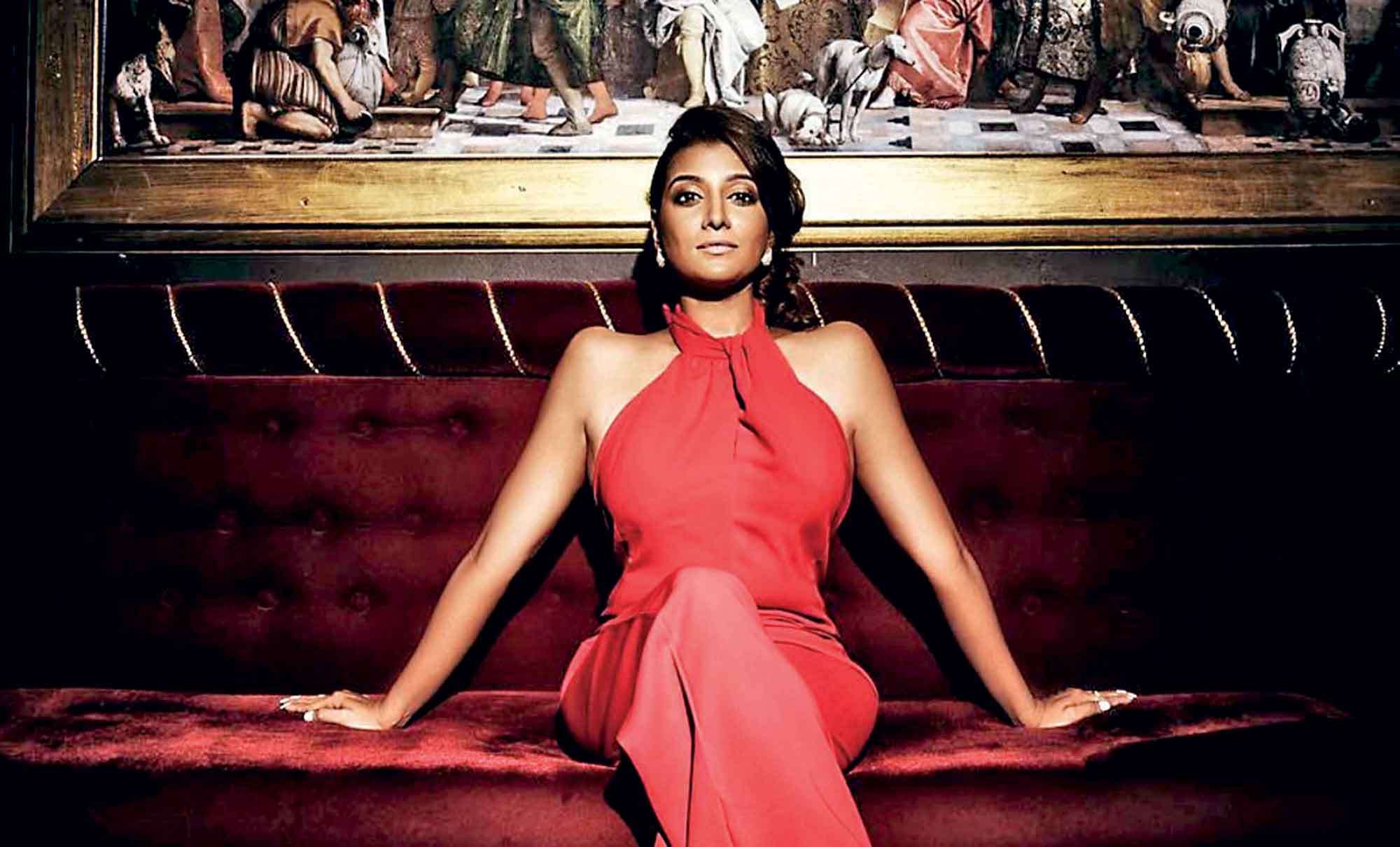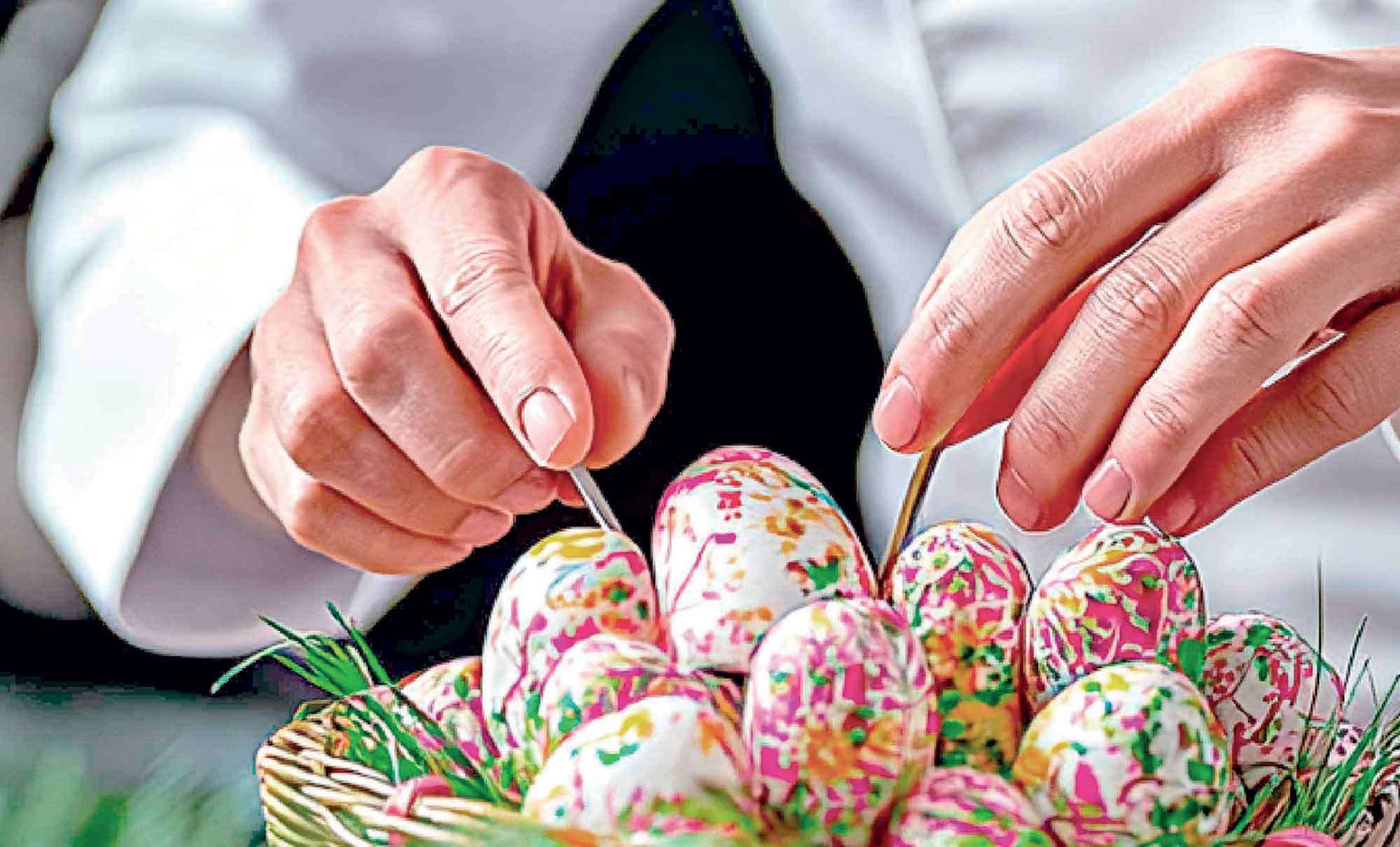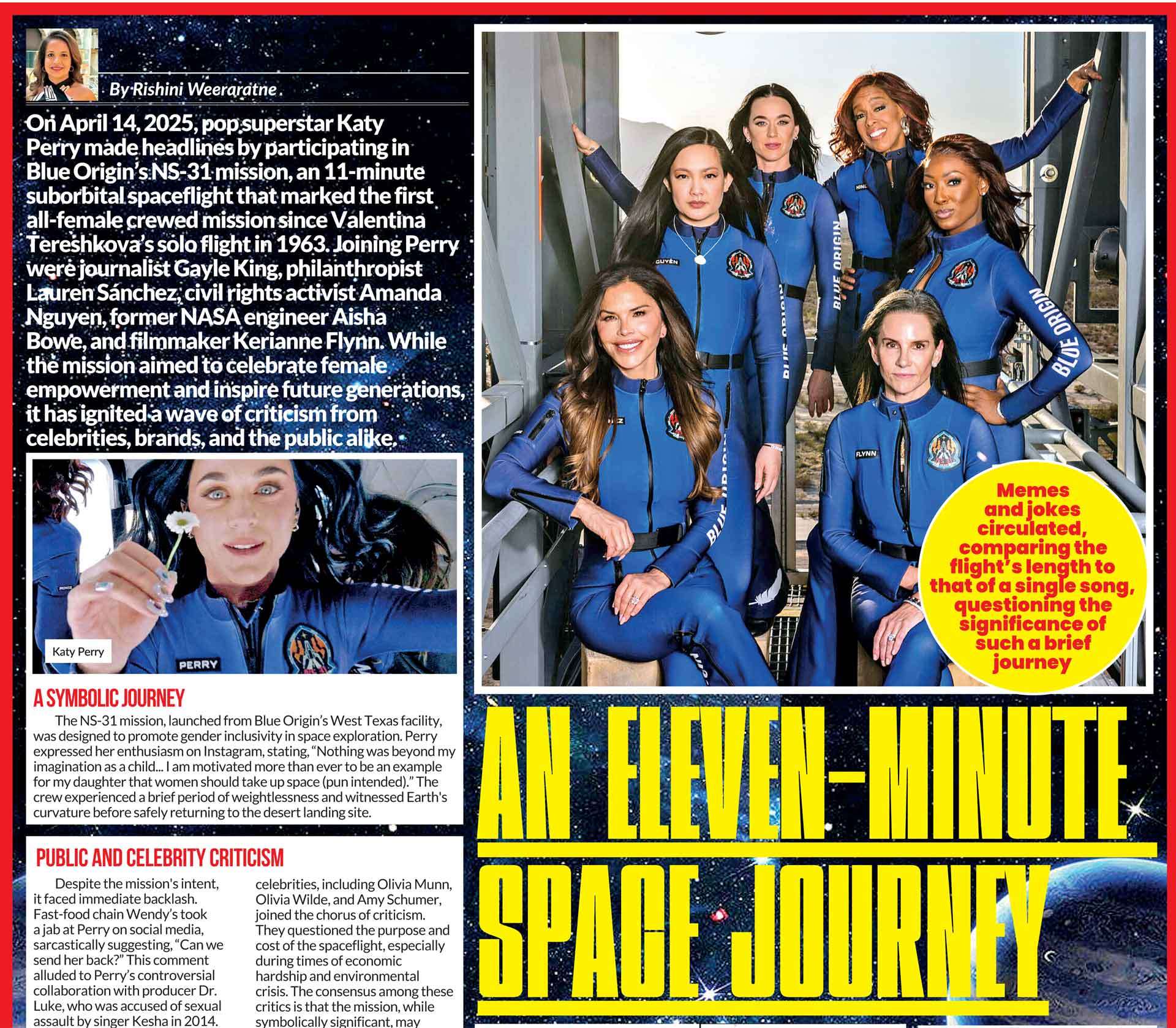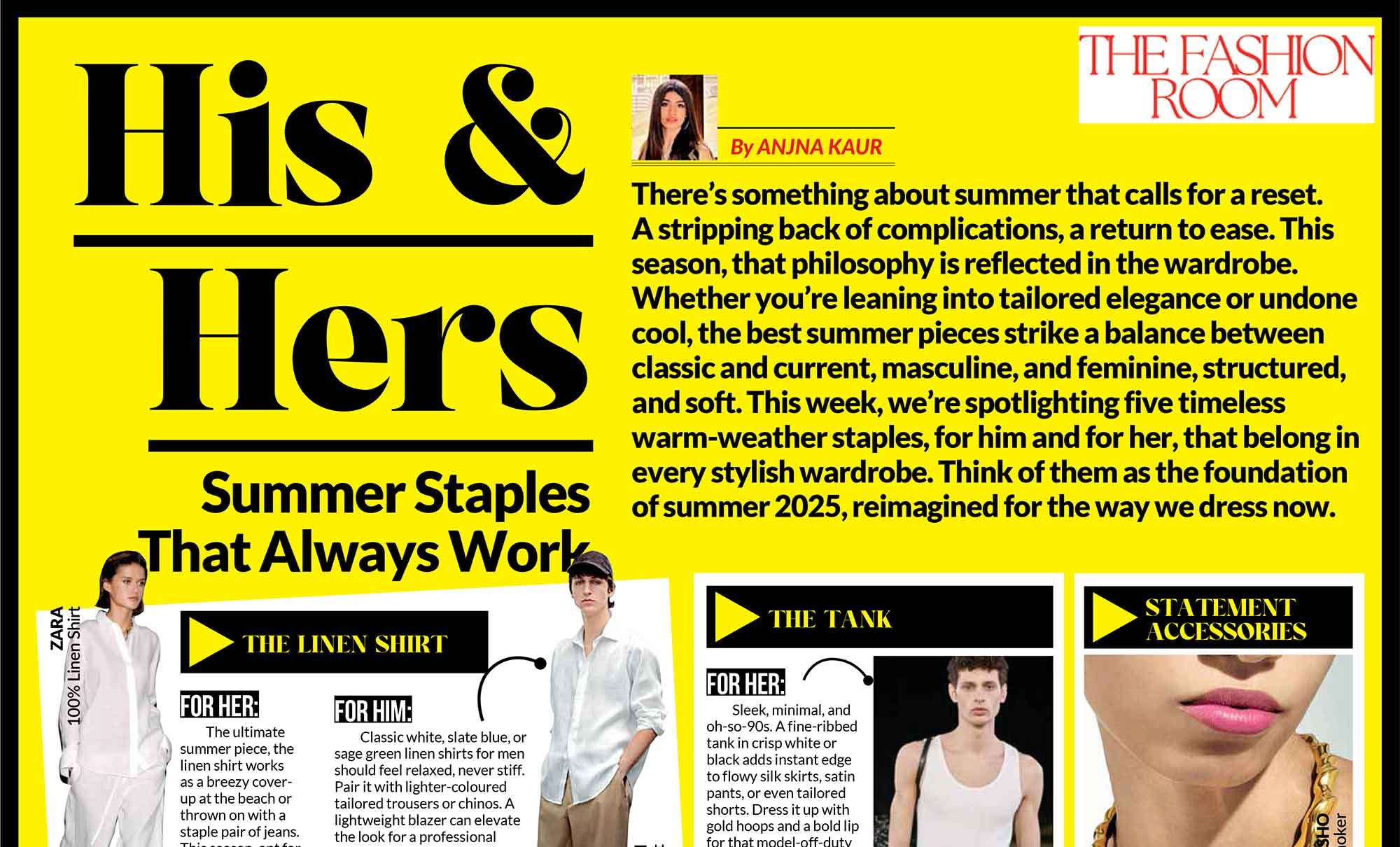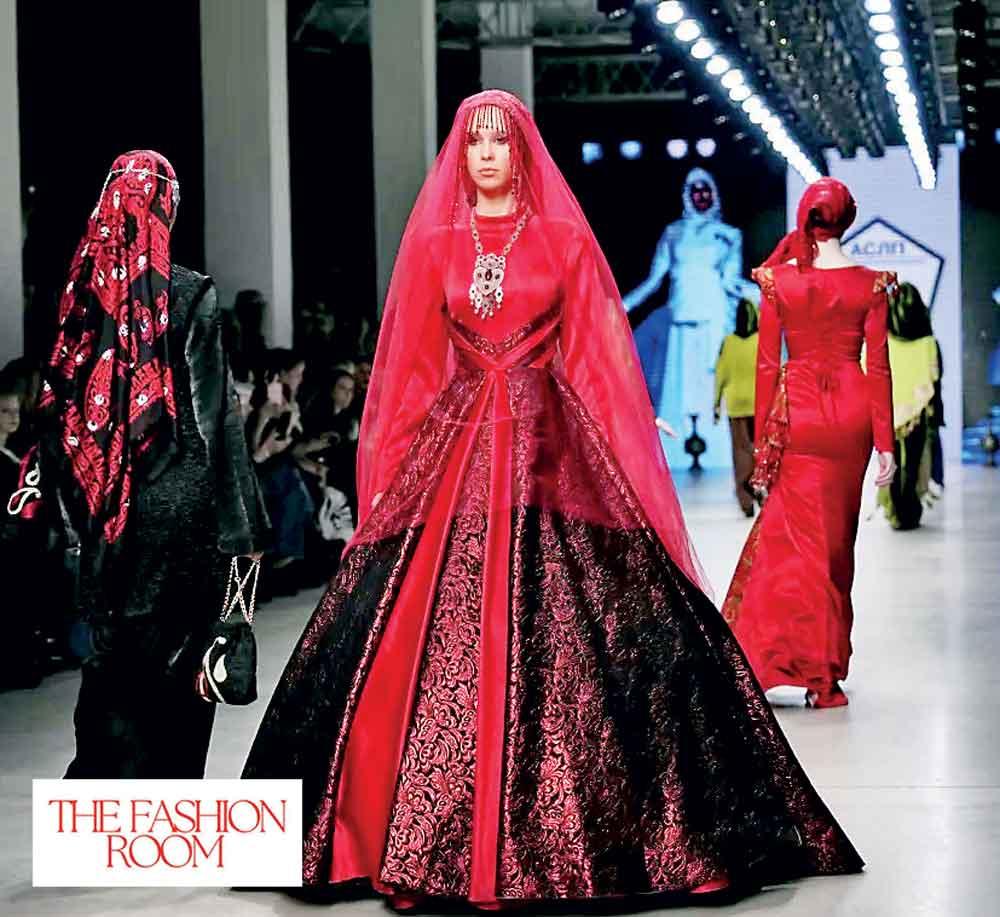
ASLP DAGESTAN from Dagestan Republic of Russia during the Moscow Fashion Week
Moscow Fashion Week 2025 unfurled its runways from March 13 to 18, transforming the Central Exhibition Hall ‘Manege’ into a pulsating heart of global creativity. With over 200 designers representing countries as diverse as Brazil, Indonesia, China, India, Turkey, South Africa, Costa Rica, Ethiopia, and Egypt, the event proved that Moscow is no longer just a spectator in the global fashion conversation - it’s becoming one of its most compelling voices.
These trends point to a shift in fashion’s tone: storytelling is at the core, and garments are increasingly being used as vehicles for identity, memory, and activism. Moscow’s runways proved that this city isn’t just following trends - it’s defining them.
The Takeaway
Moscow Fashion Week 2025 was more than just a fashion event - it was a cultural statement. At a time when the world is hungry for authenticity, diversity, and sustainability, Moscow delivered a runway that reflected not just where fashion is going, but who it’s for: everyone. In a world that often looks to Paris, Milan, or New York for fashion’s next big moment, perhaps it’s time to look east. Moscow is no longer just on the radar; it’s setting the pace.
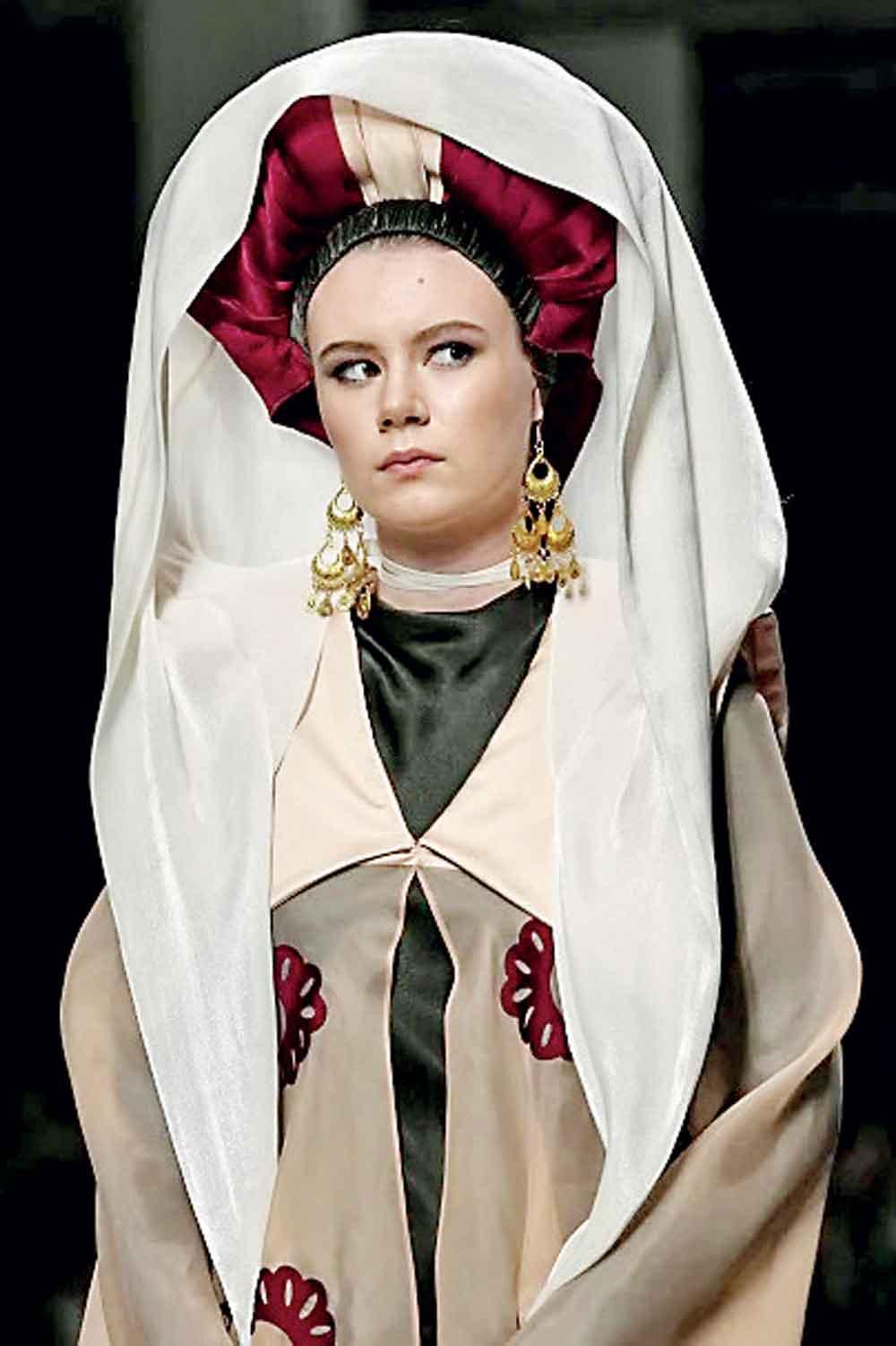
ASLP DAGESTAN from Dagestan Republic of Russia during the Moscow Fashion Week
From Russia With Style.. And Vision!
This year’s fashion week spotlighted Moscow as a rising global style capital. The city’s unique fusion of cultural heritage, progressive innovation, and unapologetic individuality was on full display. The collections that graced the runway weren’t just about seasonal trends - they were artistic expressions of identity, politics, sustainability, and craftsmanship.
A noticeable emphasis was placed on empowering emerging designers, positioning Moscow Fashion Week as a democratised platform for fresh, boundary-pushing talent. Designers from remote Russian regions like Yakutia brought a hyper-local flavour to the global stage, proving that great fashion doesn’t have to come from traditional powerhouses to make a mark.
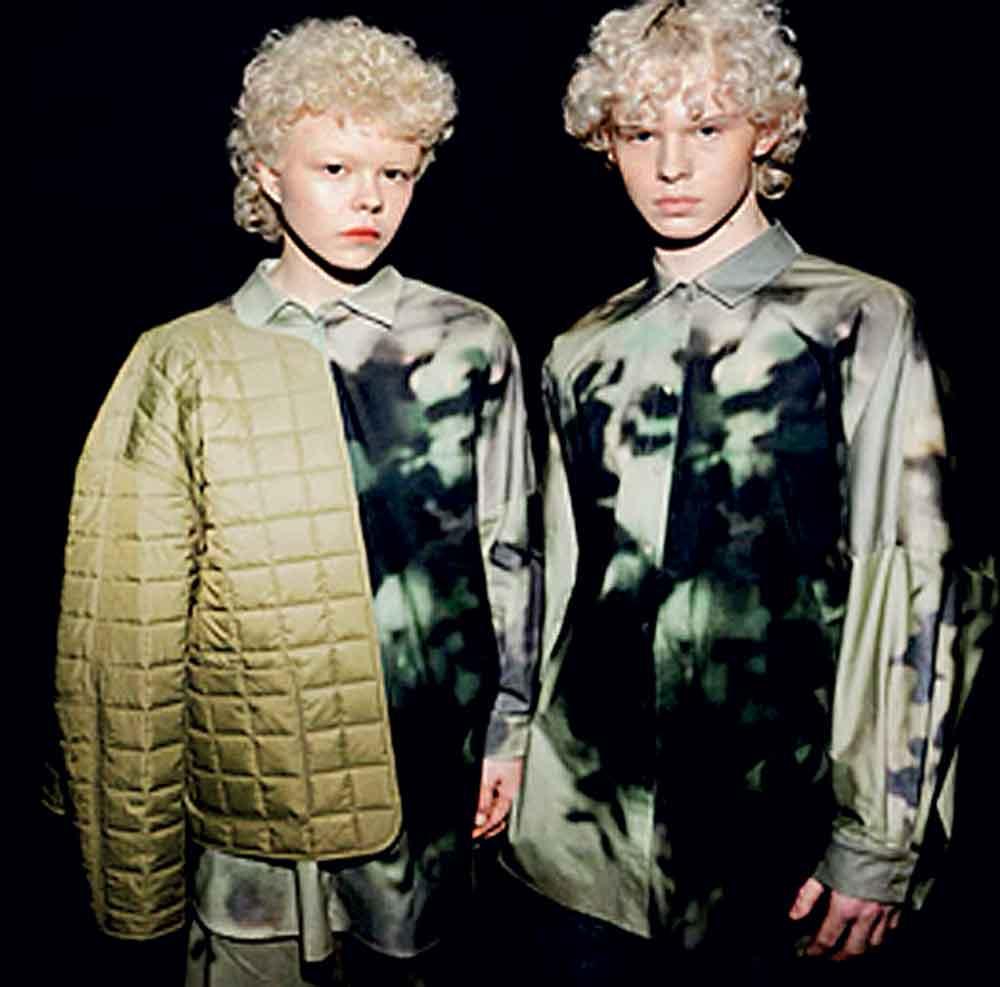
Indian Designers Take Centre Stage
India made a vibrant impression on the Moscow runway this season. The Fashion Design Council of India (FDCI), in collaboration with the Central Khadi India initiative, presented “FDCI Presents: CoEK-Khadi India | Samant Chauhan.” This presentation served as a bridge between sustainable fashion and deep-rooted Indian heritage. Chauhan’s collection masterfully reimagined traditional khadi fabric through the lens of modern couture, reinforcing that sustainability and luxury are no longer mutually exclusive concepts in fashion.
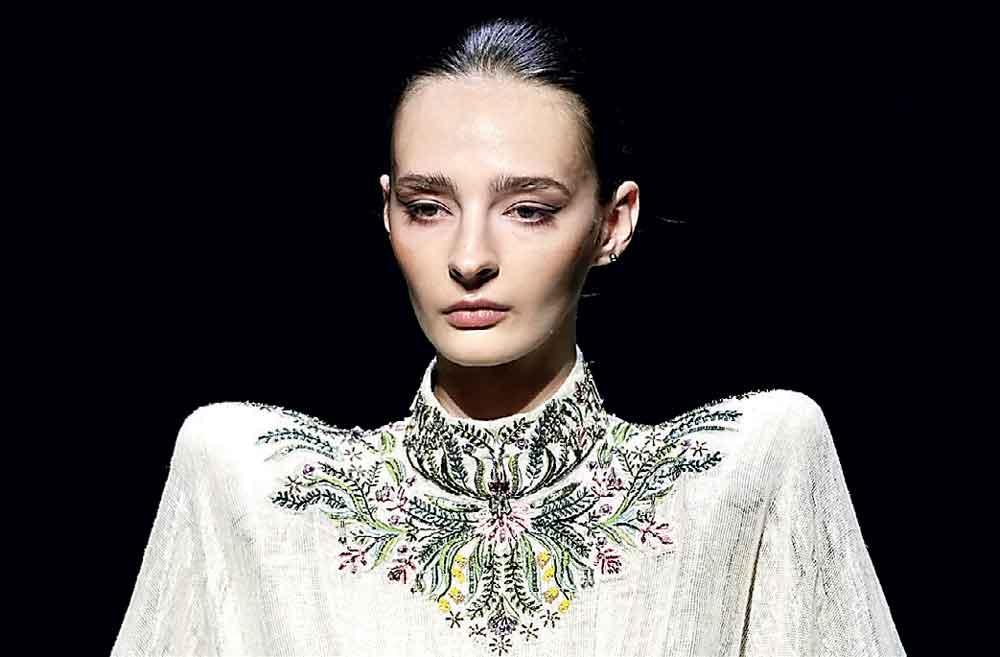
The Trends That Ruled the Runway
The runway at Moscow Fashion Week 2025 was a showcase of fearless creativity and global storytelling. Here’s a closer look at the standout trends that defined the season:
- Neo-Folk Revival: Several Russian and Eastern European designers leaned into folkloric traditions, reviving hand-embroidery, intricate appliqué work, and patchwork quilting. Think long wool coats with Slavic motifs, floor-grazing dresses adorned with metallic thread work, and babushka-inspired headscarves reimagined in luxe silks and organza.
- Textural Storytelling: Rich, tactile fabrics made a strong comeback. Designers experimented with contrast — rough-hewn burlap layered under translucent mesh, quilted silk bombers paired with raw-edge denim, and sculptural leather moulded into wearable art. Texture became a language for depth and duality.
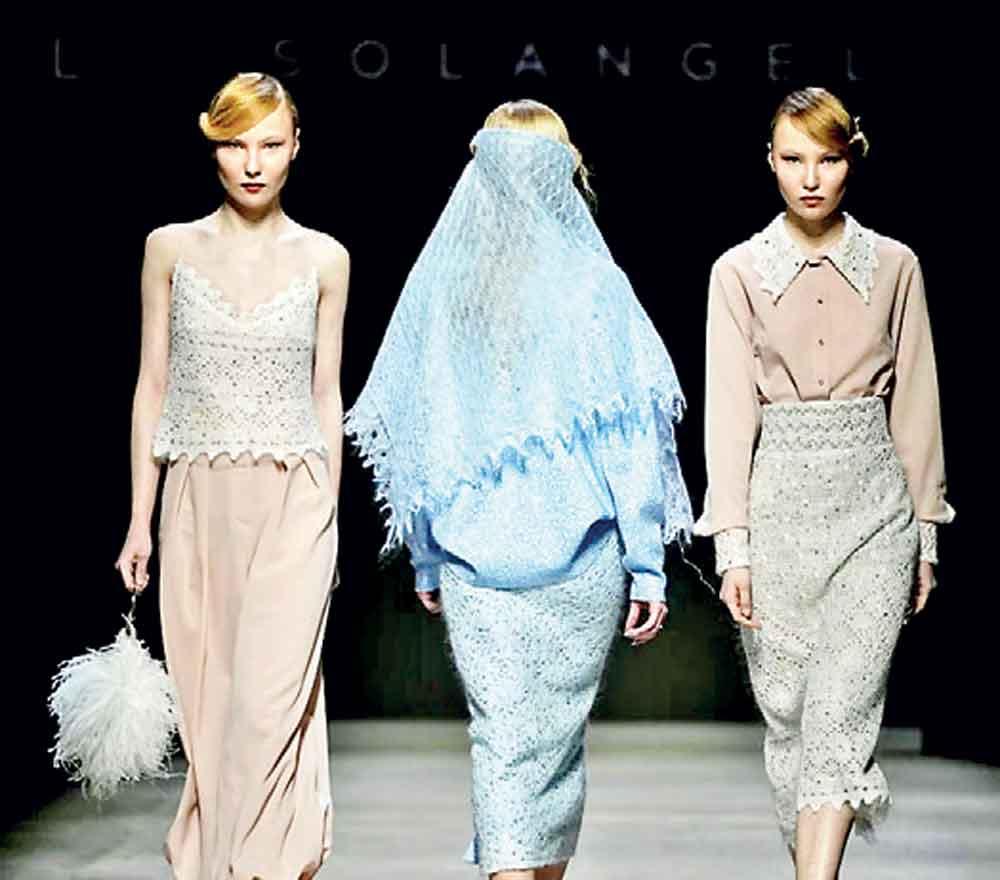
Russian brand Solangel during Moscow Fashion Week
- Asymmetry and Deconstruction: Avant-garde labels disrupted traditional silhouettes with unexpected construction. Asymmetric hemlines, detached sleeves, inside-out seams, and layered garments that gave the illusion of motion were everywhere. The vibe was raw, anti-polished, and emotionally expressive.
- Metallic Earth Tones: Gone are the days of high shine neon’s dominating the stage, this season’s palette was a grounded mix of rust, olive, burnt sienna, and charcoal, shot through with muted metallics like brushed bronze and tarnished silver. The effect was both industrial and romantic, a nod to modern urban decay softened by nostalgia.
- Couture Goes Eco: Sustainability wasn’t just a talking point; it was integrated into the design. Label after label showcased clothing crafted from recycled denim, pineapple leather, organic cottons, and even mushroom-based textiles. Indian designer Samant Chauhan’s use of khadi and natural dyes stood out for its elegance and purpose.
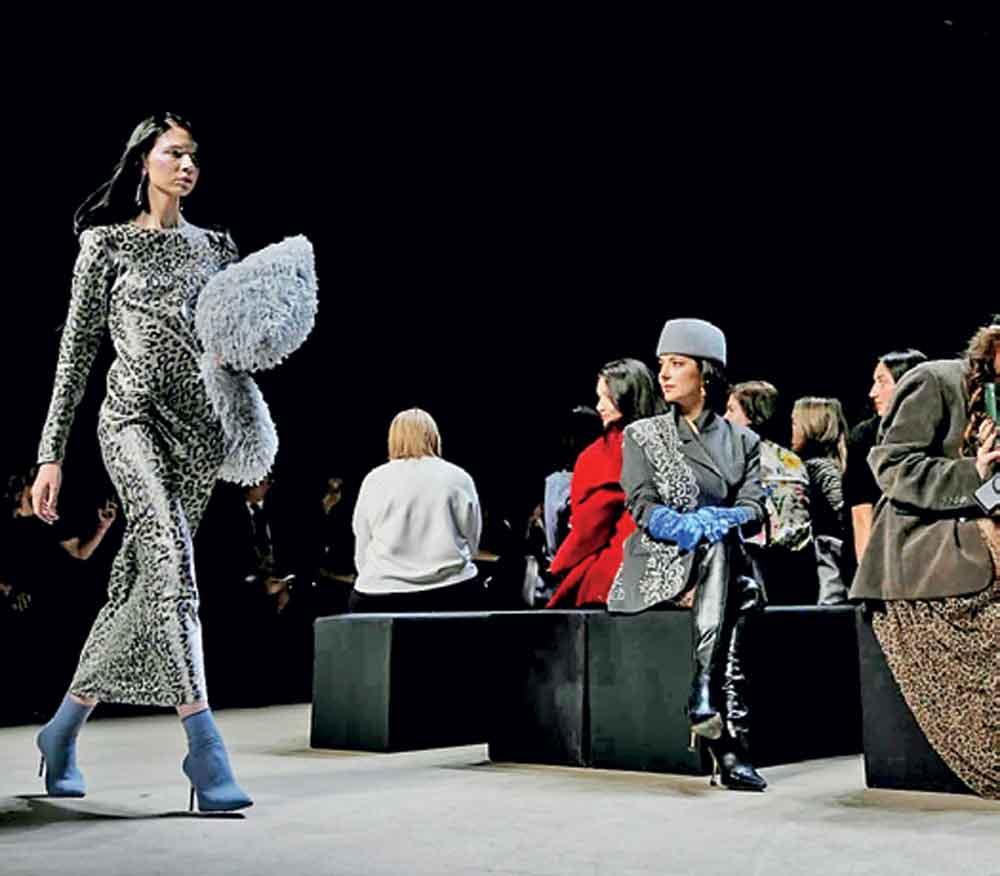
Russian brand Addicted
- Global Craftsmanship: From Ethiopian beadwork to Indonesian batik, many collections celebrated artisanal heritage. Designers didn’t just draw from their cultures; they collaborated with indigenous craftspeople, giving runway fashion a rare authenticity. This wasn’t “ethnic-inspired” - it was respectfully co-created.
- Statement Outerwear: In a nod to Moscow’s climate, outerwear stole the show. Oversized faux-fur coats, puffer jackets in unexpected silhouettes (like peplum shapes and balloon sleeves), and sharply tailored capes were among the most memorable pieces. Coats were no longer seasonal - they were centrepieces.
